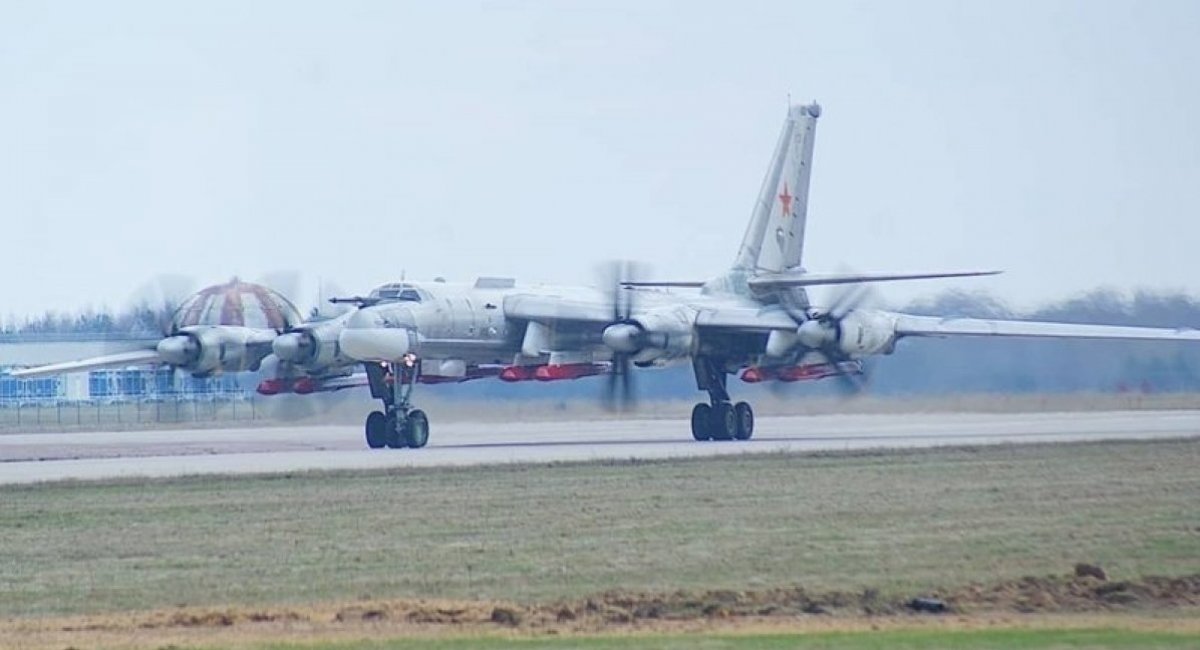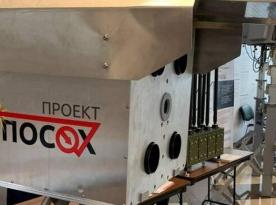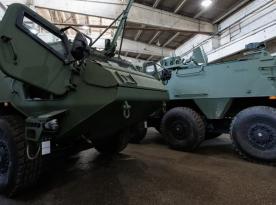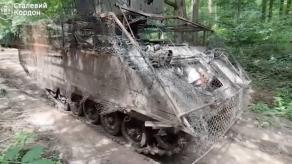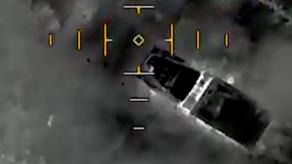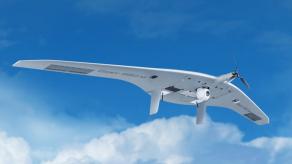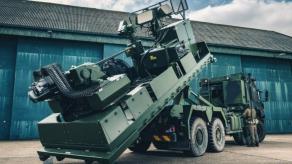Unprecedented in scale, russia has conducted a massive airstrike campaign against Ukraine over the past three days, deploying a total of 1,000 long-range kamikaze drones and missiles of various types. The intensity of Iskander/KN-23 ballistic missile use is particularly atypical: 23 launches in just two days, compared to the usual rate of 1–2 per week.
The American think tank Center for Strategic and International Studies (CSIS) has offered its assessment of russia’s true objectives behind these strikes, and what steps the civilized world should take to thwart them.
Read more: Dozen Tu-95MSs Reappear at Olenya Air Base: What's the Purpose of These Transfers (Updated)
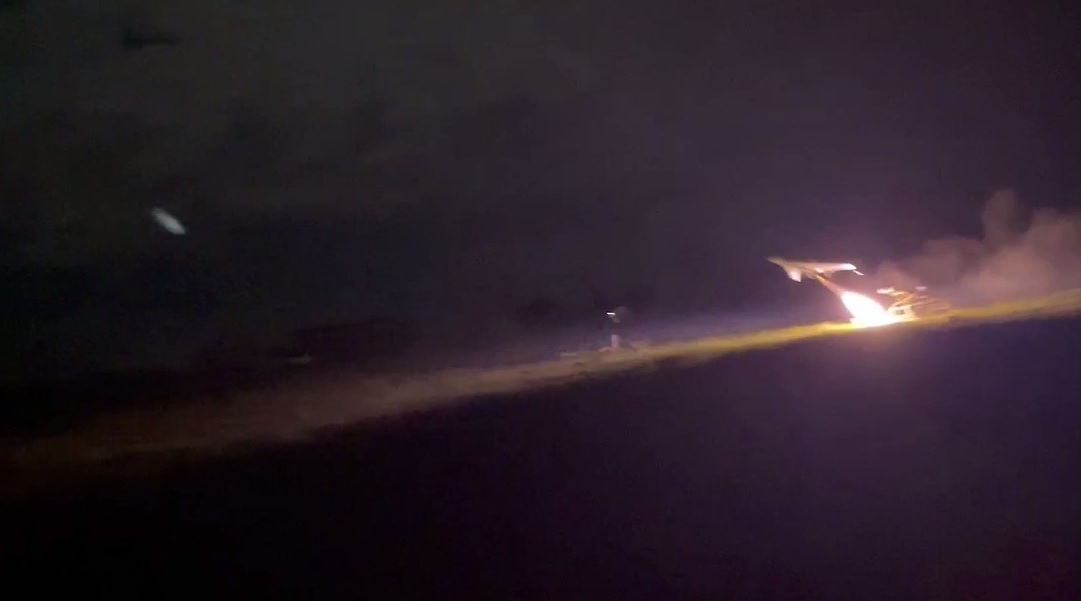
According to analysts Yasir Atalan and Benjamin Jensen, russia’s primary motive for escalating its air campaign is to buy time for further advances on the battlefield — amid increased russian ground activity — and to exert political pressure consistent with Moscow's doctrine of "coercive airpower" during ongoing diplomatic efforts to end the war.
This, in particular, explains why instead of scaling back the strikes for the time of peace talk meetings, mediated by the United States, russian president Vladimir Putin doubles down on terrorizing civilian population with indiscriminate strikes:
"In Putin’s strategy, sustained coercion is not a negotiating chip to be traded away as a goodwill gesture; it is the very leverage he intends to bring to the table," the CSIS experts note.
The report emphasizes that russia systematically prepared for this latest airstrike campaign. Preparations included stockpiling Shahed-136/131 drones and decoy systems, as well as upgrading Iskander short-range ballistic missiles with radar decoys to complicate interception by Ukraine's Patriot missile defense systems.
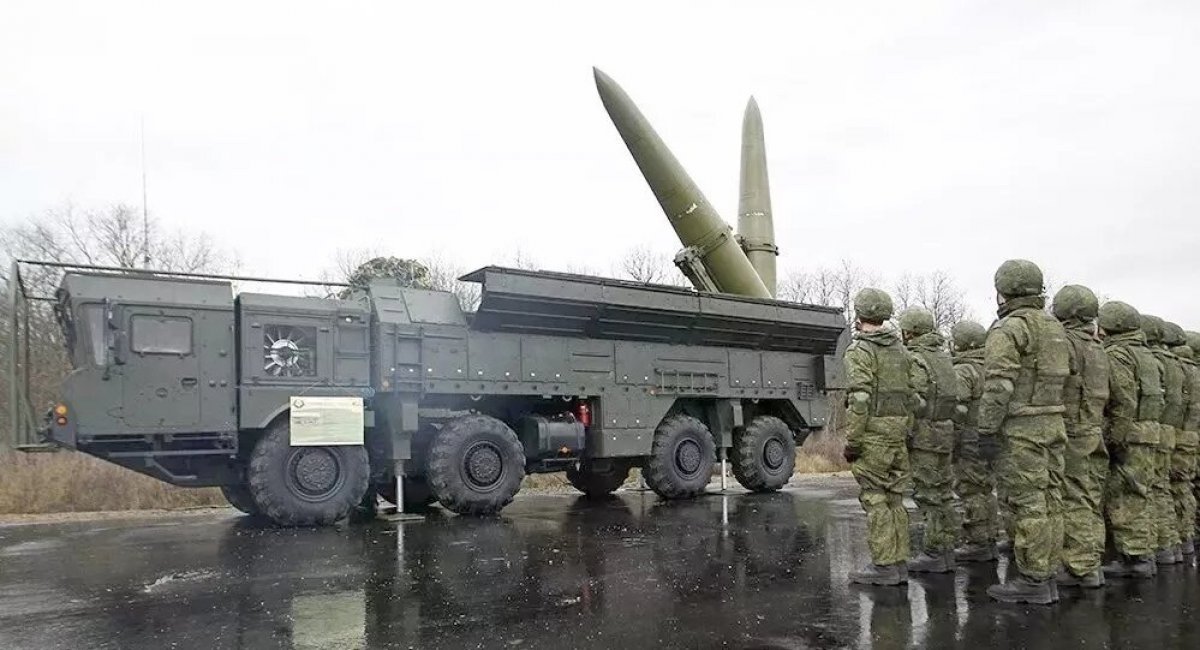
Citing unspecified "Ukrainian government estimates," CSIS states that russia may have stockpiled up to 500 ballistic missiles for continued strikes. Shahed drone attacks have also significantly increased: from 200 launches per week in September 2024 to 1,000 per week by March 2025.
In response, CSIS argues that Ukraine needs "more than patchwork fixes," calling for a layered offense-defense strategy focused on two critical areas. First, with the help of partners, Ukraine must have a diverse air defense arsenal: from a steady supply of Patriot and IRIS-T interceptors for high-end threats, to mobile anti-drone teams equipped with acoustic sensors and high-energy lasers to efficiently neutralize slow, low-flying drone swarms at low cost.

Second, Ukraine requires deep-strike capabilities to hit russian weapons infrastructure: targeting assembly lines, storage depots, and makeshift launch sites that sustain russia’s Shahed production.
Finally, Ukraine and its partners must work to disrupt the flow of microelectronics — particularly from China and other enabling countries — that power russia’s drones and long-range strike systems.
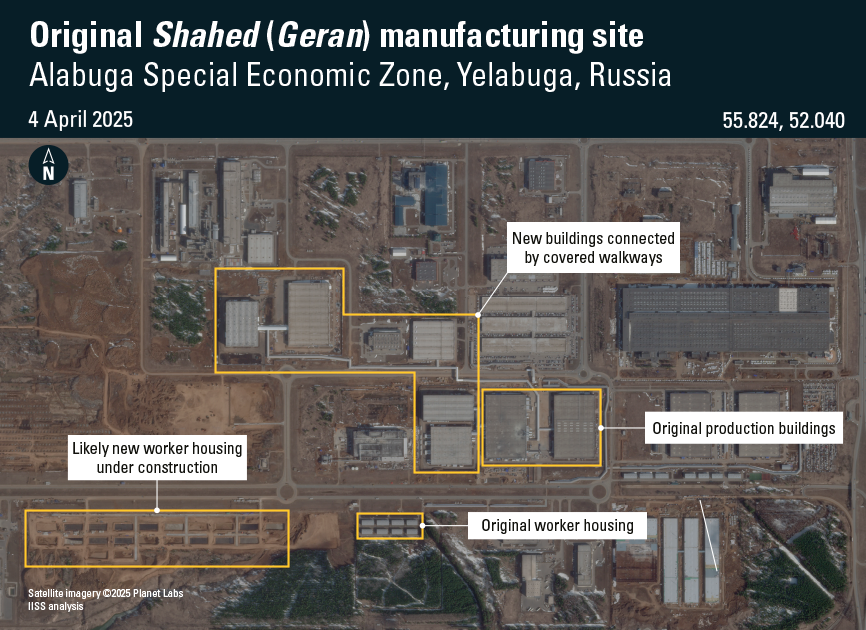
Read more: While Salvaging Its Destroyer, North Korea Discovered a New Serious Problem




